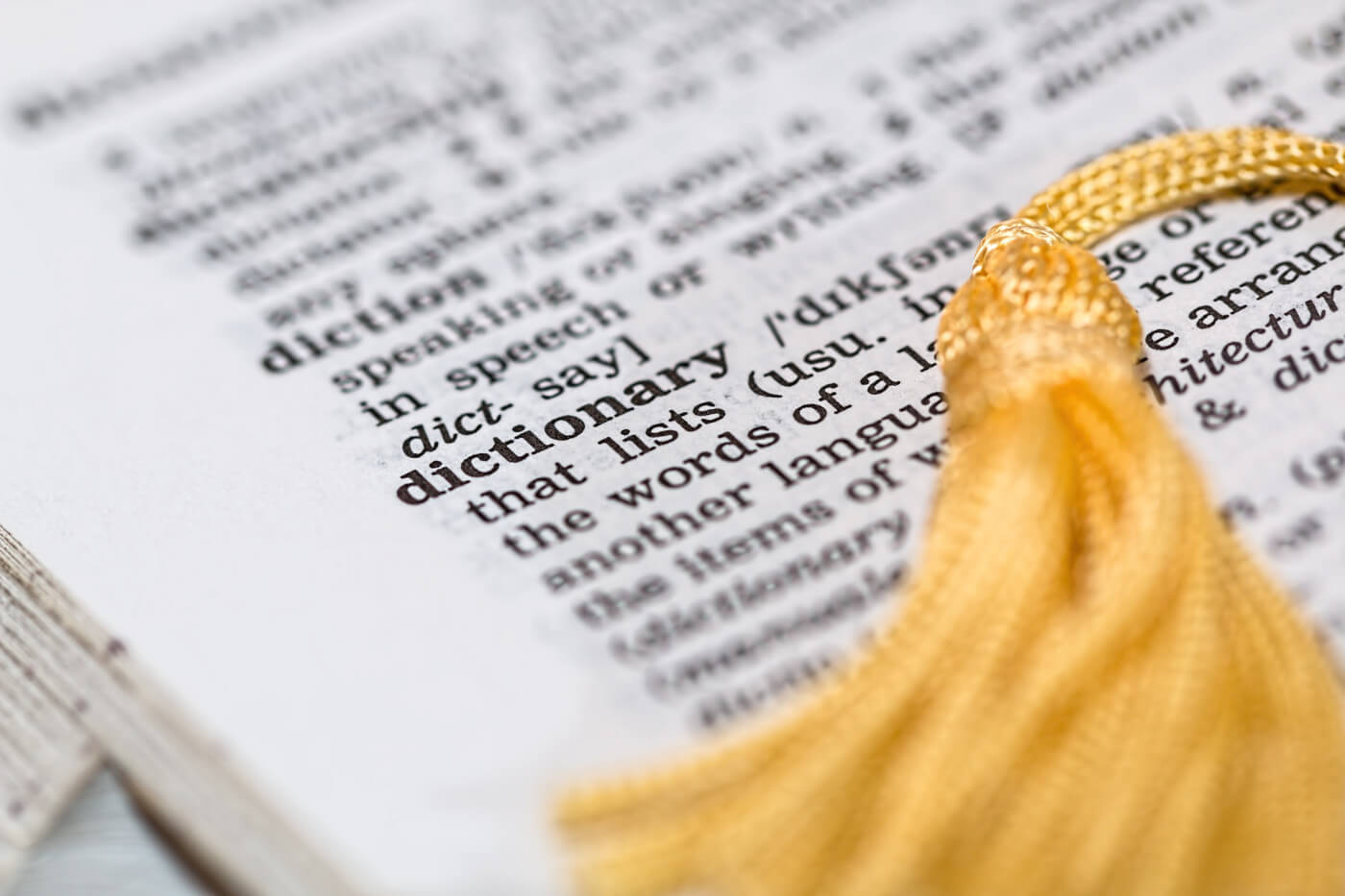Colon or Semicolon? When to Use Them

In this post, we are addressing the age-old debate: colon or semicolon? Which form of punctuation is the correct one for the sentence you are writing? You might be wondering if your choice is purely a stylistic decision or if there are clear-cut rules. While we certainly understand the confusion when choosing between a colon and a semicolon, it is usually quite clear which one to use when you know the rules. In fact, it's rare that both the colon and semicolon are the correct punctuation options for a given sentence. It's almost always one or the other!
If you are not sure whether a colon (:) or semicolon (;) is the correct choice, we’re going to break it down for you.
When to use a colon (:)
There are three main reasons to use a colon: lists, quotations and independent clauses. Take a look at the rules for each, as well as examples of a colon in action!
Lists
A colon can be used to introduce a list, often in place of a phrase like “Here’s what I mean.” What follows a colon is intended to further explain what was mentioned before the colon.
Example sentences:
- Here are three cities I love to travel to: Paris, Madrid and London.
- I have several favourite genres of movies: comedy, romance and thriller.
- I bought a lot of junk food at the store: popcorn, crisps, chocolates, and sweets.
Quotes
A colon can also be used to introduce a quote. Usually, the sentence will begin with a form of introduction before the quote.
Example sentences:
- The character in the movie said: “Play hard. Work harder.”
- Mr Harris preaches this concept: “Second place is the first loser.”
- Our dog trainer gave us this instruction: “Love your dog and he will love you.”
Independent clauses
A colon can separate two independent clauses when the clauses are directly related, and you intend to emphasize the second clause. Use a colon sparingly and only between two clauses. In British English, do not capitalize the first word of the second clause unless it’s a proper noun.
Example sentences:
- I want you to remember: two can play at that game.
- Jordan wanted to know why I hadn’t replied to his text: I hadn’t received it.
- Don’t forget this point: think before you speak.
When not to use a colon
A colon should never interrupt a complete sentence. For example:
- Incorrect: The ingredients included: salt, butter, flour, and rosemary.
- Correct: The ingredients included salt, butter, flour, and rosemary.
- Correct: The ingredients included the following: salt, butter, flour, and rosemary.
When to use a semicolon (;)
The semicolon has two primary purposes: connecting two independent clauses and dividing lists. To clarify their usage, take a look at the rules and examples below.
Independent clauses
A semicolon can link two independent clauses that are loosely related. It replaces a conjunction (like "because") but emphasizes the connection between the clauses.
Example sentences:
- My favourite meal is spaghetti bolognese; it reminds me of my grandmother’s cooking.
- John is going bald; his hair is getting thinner and thinner.
- I have finished cooking the main course; now it’s time to make the dessert.
Lists
Semicolons are useful in lists where commas alone would cause confusion, especially when the list items include commas themselves.
Example sentences:
- When road-tripping through the United States, I visited Seattle, Washington; Portland, Oregon; and San Francisco, California.
- The sandwich filling options include chicken, mayonnaise and bacon; bacon, egg and cheese; or tomato, lettuce and avocado.
- You need to pack a sleeping bag, pillow and pyjamas for the overnight stay; a water bottle, waterproof jacket and walking boots for the afternoon hike; and a swimming kit for the river activities.
Colon or semicolon quiz
Now let’s test our knowledge. For each sentence below, decide whether a colon, semicolon, or neither is appropriate.
- Lauren moved back to South Africa, she couldn’t stand the rainy British weather.
- Please bring sun cream, a towel and a water bottle to the pool party.
- There’s one ingredient I really can’t stand, coriander.
- My heart sank, Anna said she’d be unable to make it.
Answer key
Here are the correct answers and explanations:
- Lauren moved back to South Africa: she couldn’t stand the rainy British weather. (Colon connects the two clauses.)
- Please bring sun cream, a towel and a water bottle to the pool party. (No punctuation is needed.)
- There’s one ingredient I really can’t stand: coriander. (The colon emphasizes coriander.)
- My heart sank; Anna said she’d be unable to make it. (Semicolon links two independent clauses.)
We have various language tutors available and more specifically, English tutors in Johannesburg, English tutors in Pretoria, English tutors in Durban, and English tutors in Cape Town.
Related Articles

50 Words To Impress Your English Examiner
If you want to impress your English examiner and get more creative with your writing, here is one very simple and practical step you can take: include new and interesting words into your vocabulary. (read more)
Read More

How to Ace Your Matric Final English Exams
Your Matric final English exams might be weighing on you because there are so many unknowns. Don’t fret! Today we’re walking you through everything you need to know in order to ace your Matric final English exams. (read more)
Read More

10 Tips for Writing Essay Exams
If you find writing essays in examinations difficult, look no further. In today’s post, we’ll be presenting you with 10 tips for writing essays for exams.
Read More

We help families find their perfect tutor
Help your child improve their grades and get their confidence back.
GET A TUTOR